MPTET Varg 2 Science Mock Test - 1 - MPTET MCQ
30 Questions MCQ Test - MPTET Varg 2 Science Mock Test - 1
When a neutral atom is converted in to cation, there is
The trunks of trees increase in girth because of mitotic activity in the
When carbon dioxide gas is passed through lime water, a white precipitate is formed, which dissolves on passing excess of carbon dioxide. The white precipitate dissolves due to the formation of which compound?
A bifocal lens is used as a remedy in which of the following defects in the eyes?
Which one of the following statements with regard to ultra violet light is NOT correct?
If the energy of a system containing gas molecules is expressed in 2eV. then the energy of the system is equal to
Which one of the following characteristics does not reflect the personality attribute of a person having scientific attitude?
Which of the following is known as 'Natural pacemaker of the heart'?
In balancing the following chemical reaction, what is the value of “b”?

An object is placed on the axis of a concave mirror at a point beyond its centre of curvature. The image formed is :
The position when the Earth is farthest from the Sun is known as:
A colour-blind woman is married to a man of normal vision. Their children will be
Which of the following planets has largest number of natural satellites or moons?
Under the Kingdom Plantae, which of the following individuals are predominantly aquatic?
Which one of the following species is NOT capable of showing disproportionation reaction?


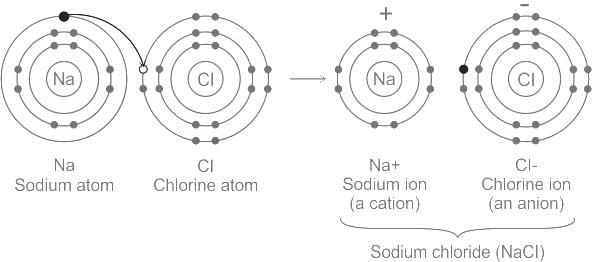

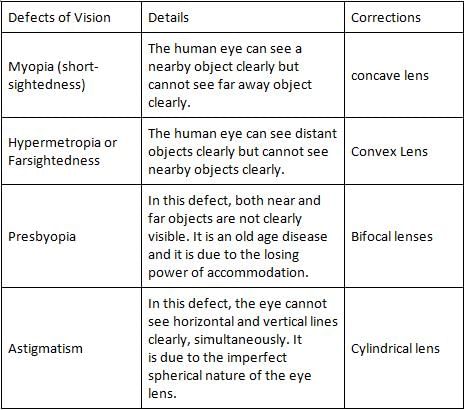
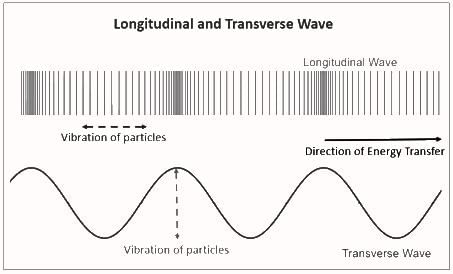




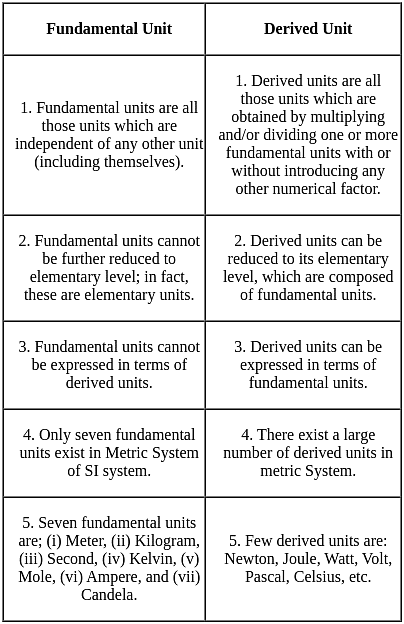
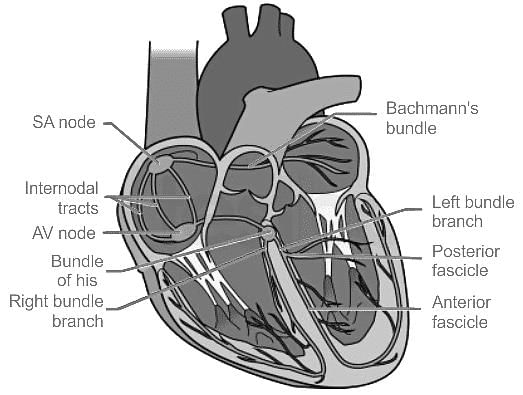


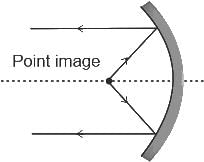
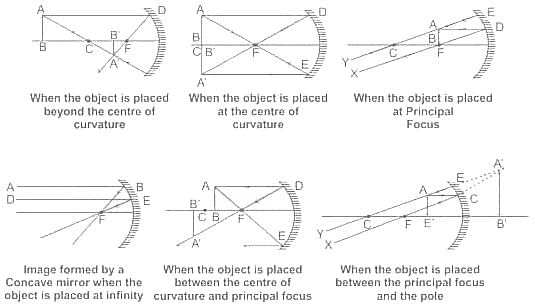
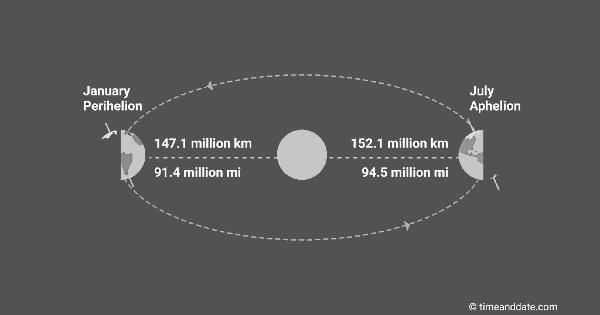
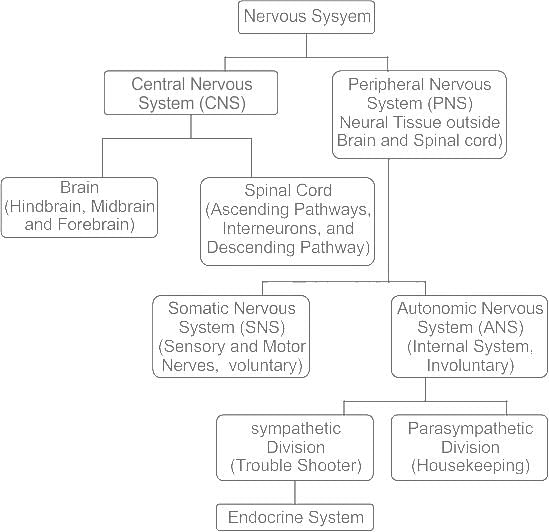
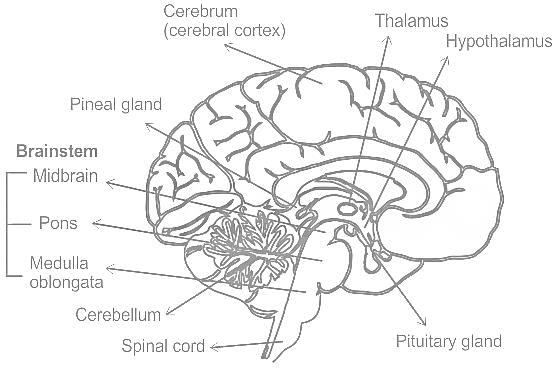
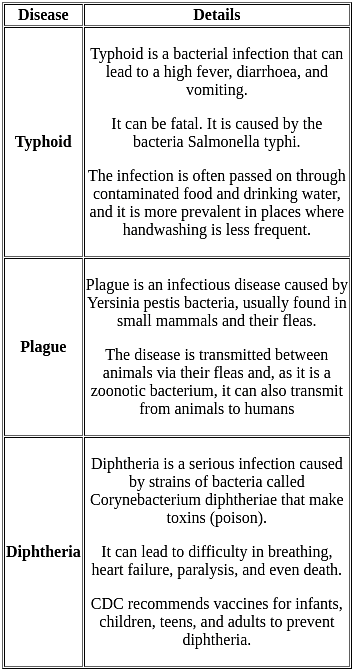
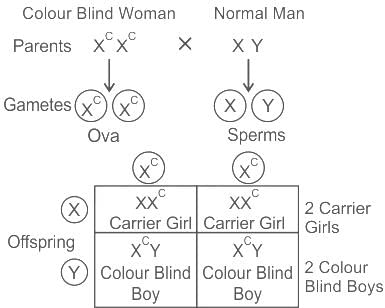
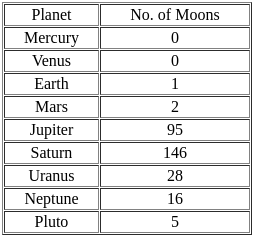
 , and
, and  can exhibit a Disproportionation reaction which simultaneously oxidizes as well as reduce as in these species Cl is neither in -1 oxidation state nor in +7 oxidation state.
can exhibit a Disproportionation reaction which simultaneously oxidizes as well as reduce as in these species Cl is neither in -1 oxidation state nor in +7 oxidation state.











